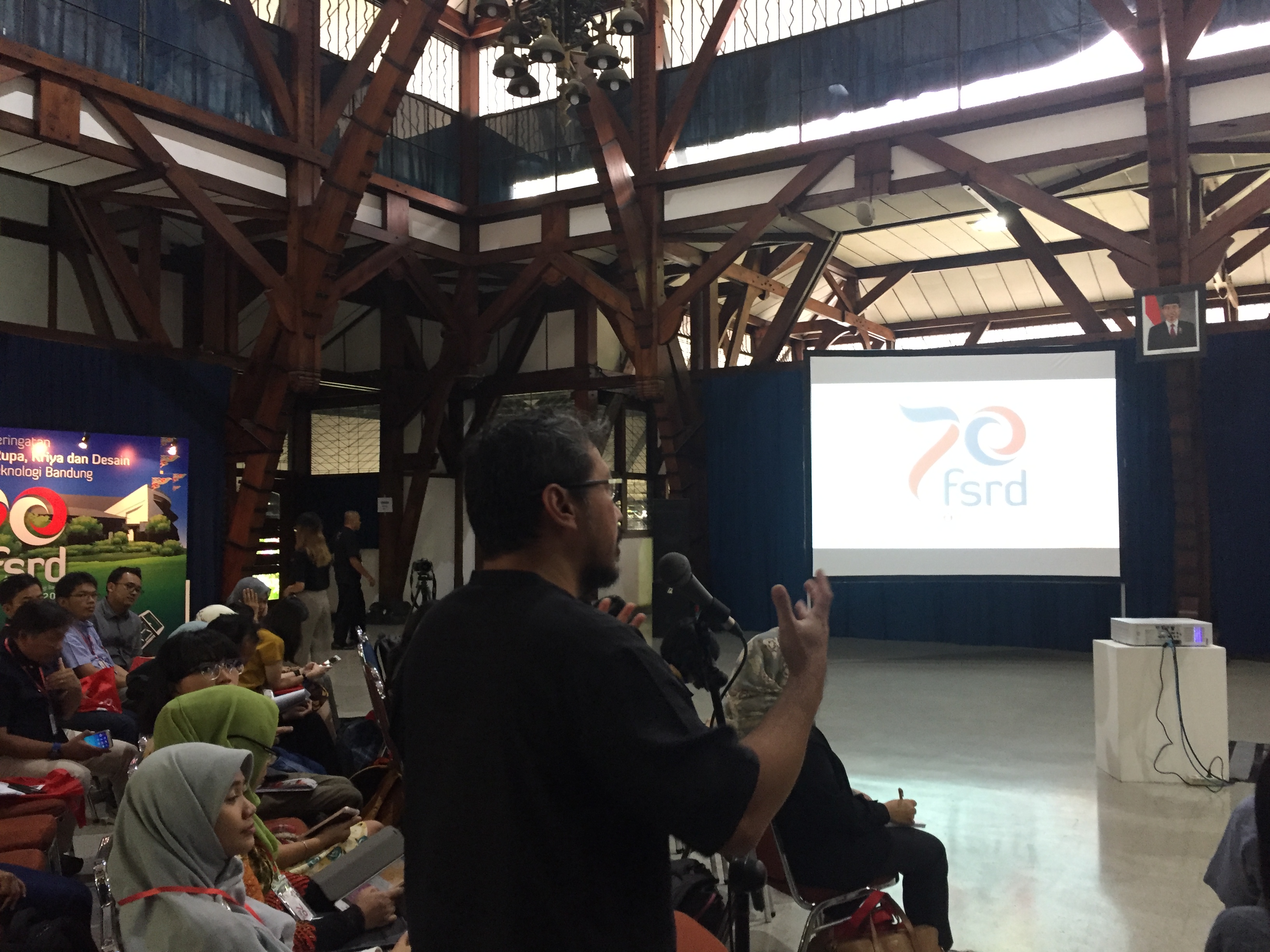FSRD ITB Performs a Research on Hemp Fiber as Smart Textile
BANDUNG, itb-ac.id—A research on technology application in natural fibers, focusing on smart textile, has been performed by The Craft and Tradition Expertise group of Faculty of Arts and Design (FSRD) ITB.
The development of science and technology is also impacting the development of textile characteristics. Smart textile, which is a term for fabrics that respond to mechanical, thermal, chemical, electrical, or magnetic stimulants, is still not familiar to us Indonesians.
With the use of natural fibers, especially hemp fiber, which is commonly used in Indonesia, the research was intended to produce smart textile products and was done in 2014 to 2015. The research was carried by Innamia Indriani, S.Ds., M.Ds. and Adi Surya Pradipta, S.T., M.T., which was conducted under the direction of Prof. Bambang Sunendar (FTI ITB) and Dr. Kahfiati Kahdar, M.A. (FSRD ITB).
“Hemp fiber has been developed in Indonesia since 1911. The fiber is easy to get, environmentally friendly, and is similar to cotton, with an even better durability,” said Innamaia to ITB Rekacipta rubric, publisher by Media Indonesia.
She explained that the research focused on obtaining the self-cleaning characterized yarn from hemp fiber, to make the fabric waterproof and able to clean itself when it gets wet.
The key of this research is the application of nanotechnology. Just like lotus or taro leaves surfaces, the threads made from hemp fiber are modified to result in the lotus-effect phenomenon. It is known by micro scale observations that lotus and taro leaves are surfaced with uneven texture.
“There are papillae or small protrusions that cause water droplets to fall on the leaves and maintain their surface, so they don’t directly turn into globules. This phenomenon makes the leaves hydrophobic, and causes it to be water-resistant,” she said
The papillae, which made water droplets continue rolling from the leaf surface and indirectly cleans the leaf surface, inspired this fiber’s self-cleaning characteristic. The self-cleaning is also influenced by factors such as leaf position, water mass, and angle between leaf surface and droplets.
The research resulted in self-cleaning characterized hemp fiber thread production. These threads were later also being made into fabrics.
This self-cleaning fabrics made using non-machine looms or ATBM proves that something simple or traditional can be collaborated with modern things and create something amazing.
“ATBM usage doesn’t harm the self-cleaning performance of the thread. However, to determine the durability and quality of the self-cleaning performance, further studies are needed,” she explained.
This community program service has also been published on Media Indonesia’s Rekacipta ITB rubric on June 29, 2021. Full article can be read through https://pengabdian.lppm.itb.ac.id/
Reporter: Ghina Aulia (Mikrobiologi, 2019)
Translator: Tamara Maharani Alamsyah (Seni Rupa, 2020)

scan for download






